Fighting a species-level threat like Covid-19 requires the best brains from disciplines as varied as chemistry, AI, sociology and psychology.
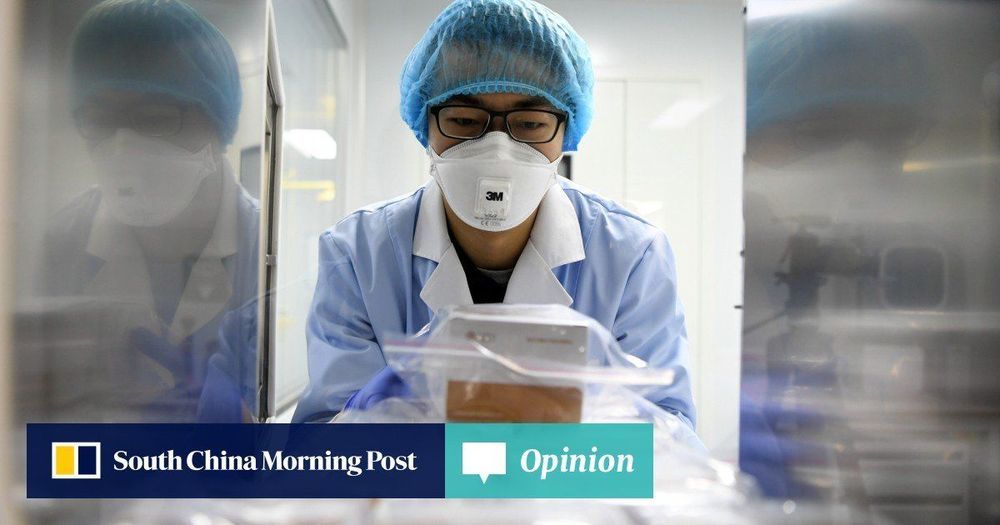

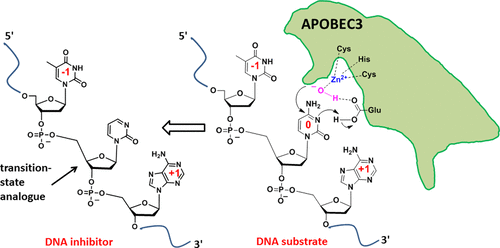
ACS Publications is providing free access to articles related to the #coronavirus, in support of the on-going coronavirus outbreak relief efforts in #China.
View the Virtual Issue to access all available articles:
In light of the current outbreak of a novel coronavirus (2019–nCoV), ACS Publications would like to share this Virtual Issue that features a collection of articles on coronavirus research. Chemistry has a key role to play in understanding everything from viral structure to pathogenesis, isolation of vaccines and therapies, as well as in the development of materials and techniques used by basic researchers, virologists and clinicians. This Virtual Issue aims to provide a brief overview of the important contributions of chemistry to understanding and controlling the spread of coronaviruses and includes articles from„„, and as well as the preprint server ChemRxiv. We hope the research contained in this Virtual Issue will provide you with important insight into challenges and approaches in virus research.
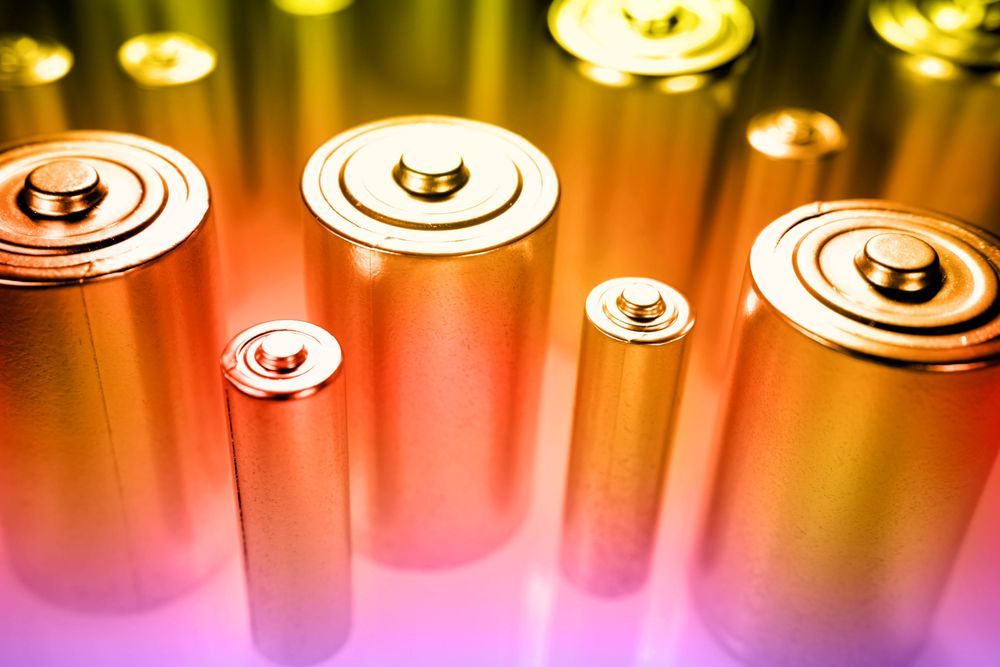
One of the many ways scientists hope to improve the performance of today’s lithium batteries is by swapping out some of the liquid components for solid ones. Known as solid-state batteries, these experimental devices could greatly extend the life of electric vehicles and mobile devices by significantly upping the energy density packed inside. Scientists at MIT are now reporting an exciting advance toward this future, demonstrating a new type of solid-state battery architecture that overcomes some limitations of current designs.
In a regular lithium battery, a liquid electrolyte serves as the medium through which the lithium ions travel back and forth between the anode and cathode as the battery is charged and discharged. One problem is that this liquid is highly volatile and can sometimes result in battery fires, like those that plagued Samsung’s Galaxy Note 7 smartphone.
Replacing this liquid electrolyte for a solid material wouldn’t just make batteries safer and less prone to fires, it could also open up new possibilities for other key components of the battery. The anode in today’s lithium batteries is made from a mix of copper and graphite, but if it were made of pure lithium instead, it could break the “energy-density bottleneck of current Li-ion chemistry,” according to a recent study published in Trends in Chemistry.
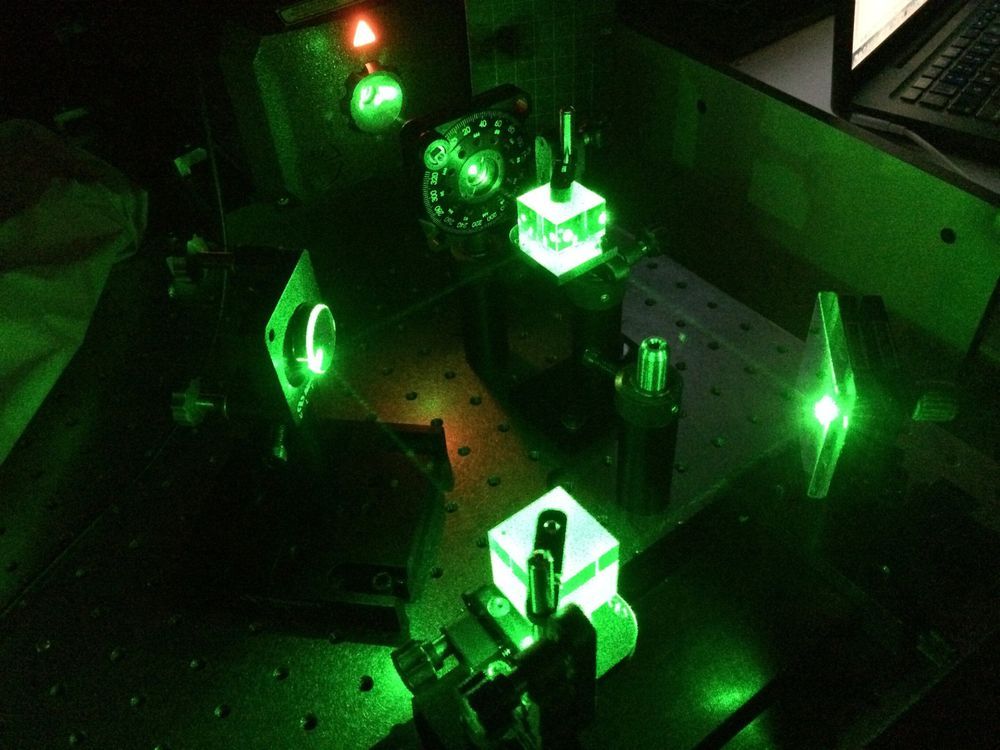
A collaboration between McMaster and Harvard researchers has generated a new platform in which light beams communicate with one another through solid matter, establishing the foundation to explore a new form of computing.
Their work is described in a paper published today in the Proceedings of the National Academy of Sciences.
Kalaichelvi Saravanamuttu, an associate professor of Chemistry and Chemical Biology at McMaster, explains that the technology brings together a form of hyrdrogel developed by the Harvard team with light manipulation and measurement techniques performed in her lab, which specializes in the chemistry of materials that respond to light.
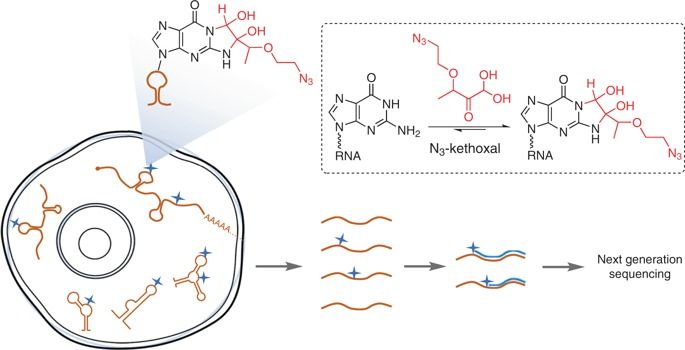
RNA secondary structure is critical to RNA regulation and function. We report a new N3-kethoxal reagent that allows fast and reversible labeling of single-stranded guanine bases in live cells. This N3-kethoxal-based chemistry allows efficient RNA labeling under mild conditions and transcriptome-wide RNA secondary structure mapping. The authors designed a chemical probe, azido-kethoxal, to specifically label guanosine in single-strand RNAs in live cells that could be used to determine transcriptome-wide RNA secondary structures.
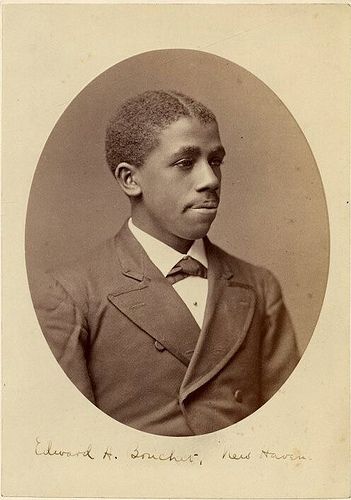
Edward Alexander Bouchet (September 15, 1852 – October 28, 1918) was an African American physicist and educator and was the first African-American to earn a Ph.D. from any American university, completing his dissertation in physics at Yale in 1876. While completing his studies, Bouchet was also the first African American to be inducted in to Phi Beta Kappa for his stellar academic performance in his undergraduate studies. Bouchet’s original research focused on geometrical optics, and he wrote a dissertation entitled “On Measuring Refractive Indices.”
Unfortunately, after completing his dissertation, Bouchet was unable to find a university teaching position after college, probably because of racial discrimination. Bouchet moved to Philadelphia in 1876 and took a position at the Philadelphia’s Institute for Colored Youth (now Cheyney University of Pennsylvania), where he taught physics and chemistry for the next 26 years. Bouchet spent the next several years in several different teaching positions around the country. In 1916, Bouchet returned home to New Haven in poor health, and died in 1918 at age 66.
Dr. Bouchet’s impact on physics still resonates today around the world. The American Physical Society (APS Physics) confers the Edward A. Bouchet Award on some of the nation’s outstanding physicists for their contribution to physics. The Edward Bouchet Abdus Salam Institute was founded in 1988 by the late Nobel Laureate, Professor Abdus Salam under the direction of the founding Chairman Charles S. Brown. In 2005, Yale and Howard University founded the Edward A. Bouchet Graduate Honor Society in his name.
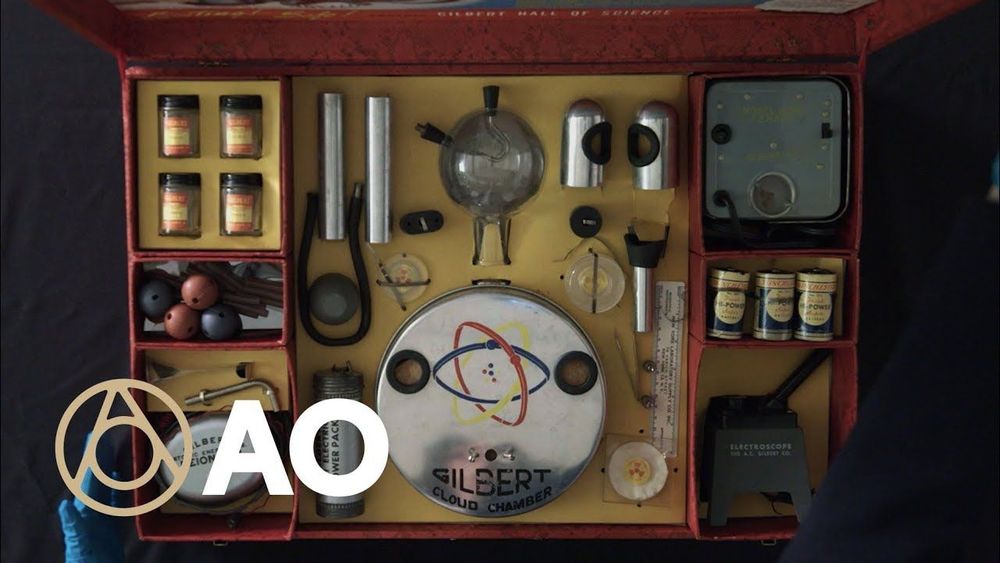
Did product safety laws lead to the dumbing down of science toys?
“Users should not take ore samples out of their jars, for they tend to flake and crumble and you would run the risk of having radioactive ore spread out in your laboratory.” Such was the warning that came with the Gilbert U-238 Atomic Energy Lab, a 1950s science kit that included four small jars of actual uranium. Budding young nuclear scientists were encouraged to use the enclosed instruments to measure the samples’ radioactivity, observe radioactive decay, and even go prospecting for radioactive ores. Yes, the Gilbert company definitely intended for kids to try this at home. And so the company’s warning was couched not in terms of health risk but rather as bad scientific practice: Removing the ore from its jar would raise the background radiation, thereby invalidating your experimental results.
The Gilbert U-238 Atomic Energy Lab put a positive spin on radioactivity
The A.C. Gilbert Co., founded in 1909 as the Mysto Manufacturing Co., was already a leader in toys designed to inspire interests in science and engineering. Founder Alfred Carlton Gilbert’s first hit was the Erector Set, which he introduced in 1913. In the early 1920s, the company sold vacuum tubes and radio receivers until Westinghouse Electric cried patent infringement. Beginning in 1922, A.C. Gilbert began selling chemistry sets.
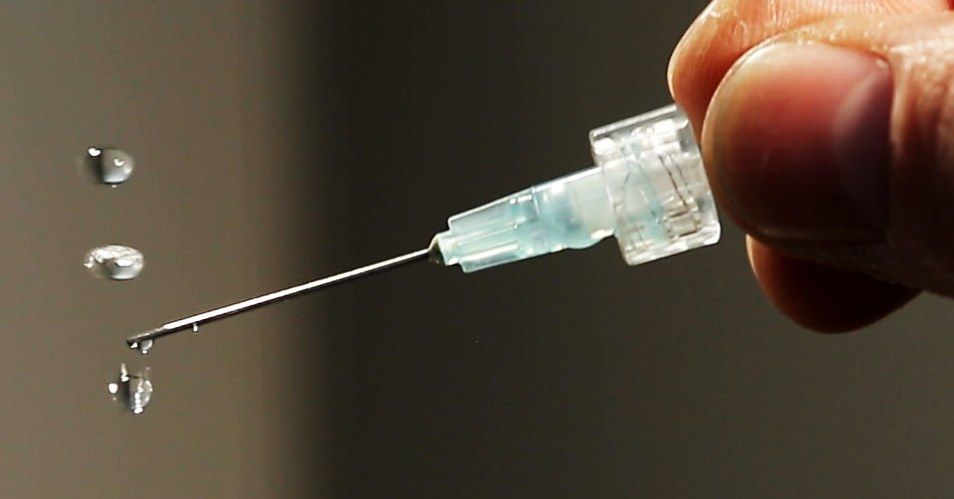
Along with personal jetpacks for every man, woman, and child (sure, why not), levitation is one of those conveniences that sci-fi has long promised us but has yet to deliver, other than magnetically levitating trains. But at Argonne National Laboratory in Illinois, physicist Chris Benmore and his colleagues are levitating objects with an unlikely tool: sound. It’s called acoustic levitation, and after breaking your brain with what seems to be an optical illusion, it’s poised to deliver advances in pharmacology, chemistry more broadly, and even robotics.

